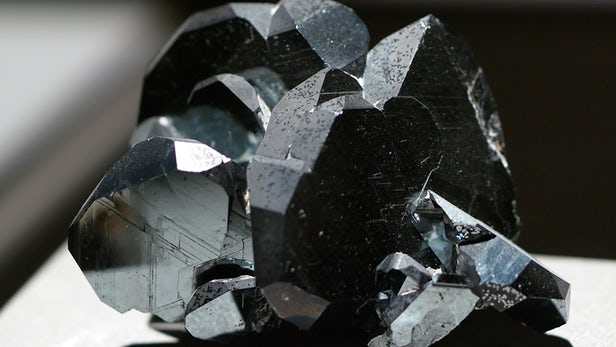
Breaking News
 This Immigrant Admitted Their Plan for White PeopIe in America And It's Far Worse Than Most Thou
This Immigrant Admitted Their Plan for White PeopIe in America And It's Far Worse Than Most Thou
 Jaguar exec responsible for 'woke rebranding' fired and ESCORTED out of the building…
Jaguar exec responsible for 'woke rebranding' fired and ESCORTED out of the building…
 Ex-Minneapolis officer Derek Chauvin, convicted of George Floyd murder, files for new trial
Ex-Minneapolis officer Derek Chauvin, convicted of George Floyd murder, files for new trial
 The Knives Are Out for Hegseth
The Knives Are Out for Hegseth
Top Tech News
 Build a Greenhouse HEATER that Lasts 10-15 DAYS!
Build a Greenhouse HEATER that Lasts 10-15 DAYS!
 Look at the genius idea he came up with using this tank that nobody wanted
Look at the genius idea he came up with using this tank that nobody wanted
 Latest Comet 3I Atlas Anomolies Like the Impossible 600,000 Mile Long Sunward Tail
Latest Comet 3I Atlas Anomolies Like the Impossible 600,000 Mile Long Sunward Tail
 Tesla Just Opened Its Biggest Supercharger Station Ever--And It's Powered By Solar And Batteries
Tesla Just Opened Its Biggest Supercharger Station Ever--And It's Powered By Solar And Batteries
 Your body already knows how to regrow limbs. We just haven't figured out how to turn it on yet.
Your body already knows how to regrow limbs. We just haven't figured out how to turn it on yet.
 We've wiretapped the gut-brain hotline to decode signals driving disease
We've wiretapped the gut-brain hotline to decode signals driving disease
 3D-printable concrete alternative hardens in three days, not four weeks
3D-printable concrete alternative hardens in three days, not four weeks
 Could satellite-beaming planes and airships make SpaceX's Starlink obsolete?
Could satellite-beaming planes and airships make SpaceX's Starlink obsolete?
Move over, graphene: Iron ore mineral becomes newest 2D material

The most famous 2D material is undoubtedly graphene, a slimmed-down form of carbon that's extremely strong, lightweight, and electrically and thermally conductive. But it's far from alone in that dimension – recently, scientists have also created 2D sheets of black phosphorus, gallium, molybdenum disulfide and chromium triiodide, all boasting a wide range of unusual properties.
The newest member of the family, hematene, comes from hematite, a naturally-occurring mineral that provides our main industrial source of iron. By subjecting the ore to a process called liquid-phase exfoliation, the team created sheets just three iron and oxygen atoms thick.

 First totally synthetic human brain model has been realized
First totally synthetic human brain model has been realized Mach-23 potato gun to shoot satellites into space
Mach-23 potato gun to shoot satellites into space

